Aug 7, 2022
How electricity could replace your medications
Posted by Dan Breeden in category: biotech/medical
Neurosurgeon and immunologist Kevin Tracey shares the frontiers of a new, hybrid field — bioelectronic medicine.
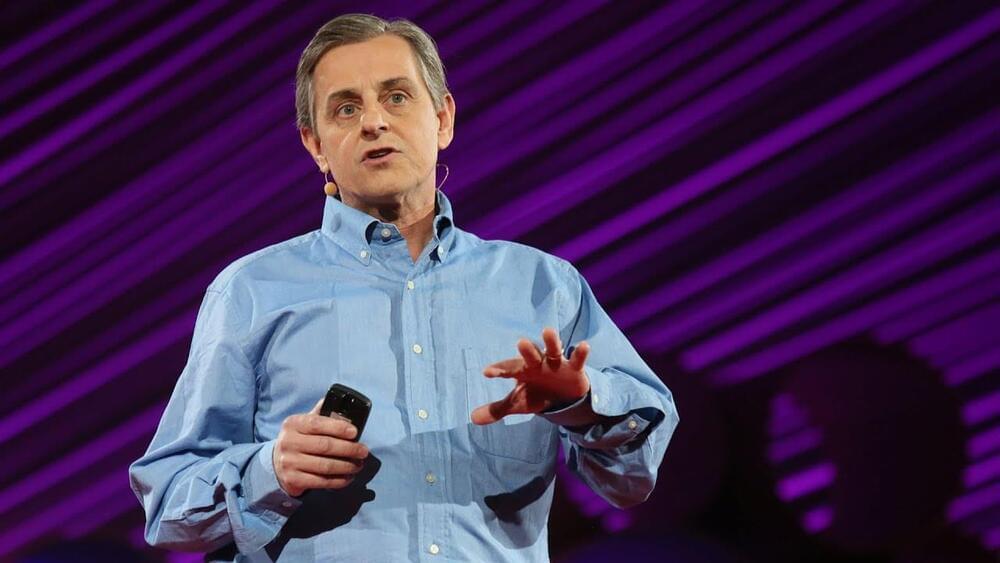
Neurosurgeon and immunologist Kevin Tracey shares the frontiers of a new, hybrid field — bioelectronic medicine.
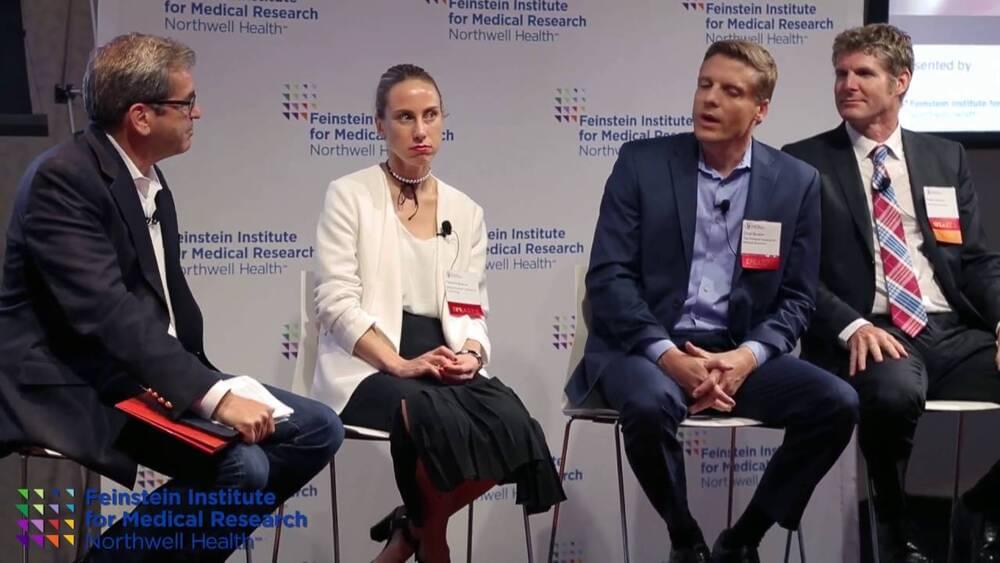
In a first-of-its-kind gathering at the New York Academy of Sciences, researchers from some of the world’s leading universities and institutions convened to discuss at the 13th annual Key Symposium the various applications of bioelectronic medicine, the cutting-edge field that uses technology to treat disease and injury. While still in early stages of development, bioelectronic medicine has already been proven in studies and clinical trials to successfully treat conditions including paralysis and rheumatoid arthritis.
This panel, moderated by Miles O’Brien from PBS’ NewsHour, discusses what life will be like when we can fully modulate the nervous system and the impact that would have on disease, drugs, the healthcare industry, personal freedom, and privacy. The panel includes Polina Anikeeva, PhD, from the Massachusetts Institute of Technology, Chad Bouton from The Feinstein Institute for Medical Research at Northwell Health, Peder S. Olofsson, MD, PhD, from the Karolinska Institutet, and Doug Weber, PhD, from the U.S. Defense Advanced Research Projects Administration.
Continue reading “What Life Will be Like with Bioelectronic Medicine” »
Bill Gates is funding more research into dimming the sun! Check out how solar geoengineering works.
Bill Gates is a man who recently suggested the world should eat 100% synthetic beef, has argued that bitcoin is bad for the planet, co-founded Microsoft, and remains one of the richest people in the world.
He is also very interested in dimming the light from the sun to reduce or delay the effects of climate change, according to a forthcoming study from the Bill Gates-backed Harvard University Solar Geoengineering Research Program — which aims to evaluate the efficacy of blocking sunlight from reaching our planet’s surface.
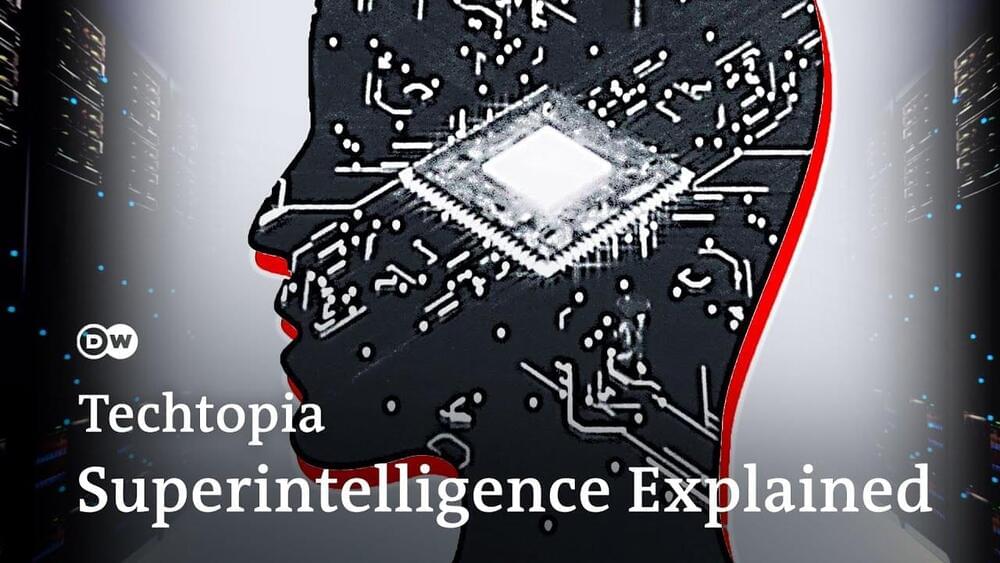
They call it the holy grail of artificial intelligence research: Building a computer as smart as we are. Some say it could help eradicate poverty and create a more equal society – while others warn that it could become a threat to our very existence. But how far are we from reaching such “artificial general intelligence”? And what happens if machines, at some point, outsmart us?
In this episode of Techtopia, DW Chief Technology Correspondent Janosch Delcker takes a deep dive into the world of AI, meeting a scientist on the quest for human-level intelligence, and digging into the questions awaiting us as humanity inches closer to AGI.
Continue reading “Can artificial intelligence become sentient, or smarter than we are” »
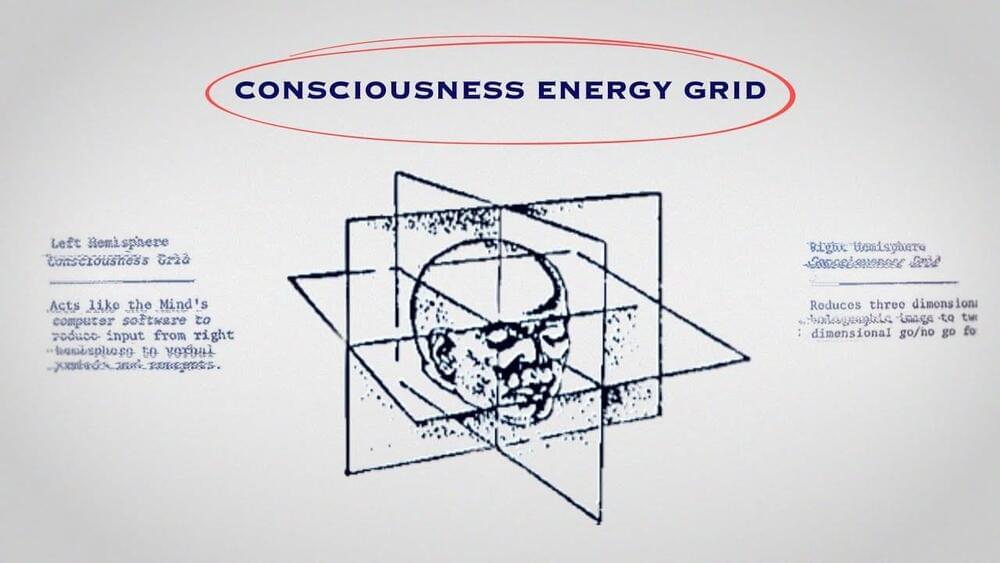
✅ AUDIO PROGRAMS — https://bit.ly/3w7mRjt.
This is one of the most interesting reads I’ve come across. It’s rather complex and takes a while to digest but it’s 100% worth it.
It’s an official declassified CIA document and a terrific analysis of consciousness and beyond – known as the Gateway Process.
While it’s an older document and declassified for a while now, the fact that modern developments in science, quantum physics, psychedelics, and neurobiology confirm what’s written within those pages is nothing short of outstanding.
It explains consciousness in a profound and analytical way and merges knowledge from mystics from Hindu, Buddhist, and Tibetan cultures to contemporary scientific knowledge of Planck distance, Einstein’s theory of relativity, and the works of Nils Bohr.
The cosmic spiral & torus is everything, and everything is one. It seems as though individual consciousness is pulled from the collective consciousness using the frequency/vibrations of the being. This applies to humans, whales, fungus, and amoeba.
Mystics of past and present including all ancient religions understood these concepts thousands of years ago. Still, it takes much to open the minds of the most pragmatic, self-conscious, and uptight people.
👉🏼 For more information on this topic, visit The Monroe Institute website: https://www.monroeinstitute.org/
👉🏼 Link to the document: https://www.cia.gov/readingroom/docs/CIA-RDP96-00788R001700210016-5.pdf.
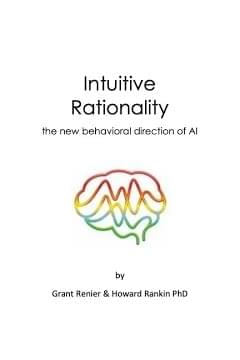
Our new book Intuitive Rationality describes how to marry intuition and other heuristics with logic to create amazing predictions. Intuality AI’s predictive analytics platform has produced remarkable accurate forecasts in different sectors, like financial markets, elections, health and sports.
Genetic mutations which cause a debilitating hereditary kidney disease affecting children and young adults have been fixed in patient-derived kidney cells using a potentially game-changing DNA repair-kit. The advance, developed by University of Bristol scientists, is published in Nucleic Acids Research.
In this new study, the international team describe how they created a DNA repair vehicle to genetically fix faulty podocin, a common genetic cause of inheritable Steroid Resistant Nephrotic Syndrome (SRNS).
Podocin is a protein normally located on the surface of specialized kidney cells and essential for kidney function. Faulty podocin, however, remains stuck inside the cell and never makes it to the surface, terminally damaging the podocytes. Since the disease cannot be cured with medications, gene therapy which repairs the genetic mutations causing the faulty podocin offers hope for patients.
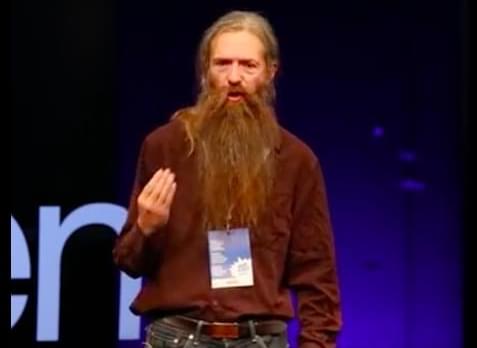
For more information on Aubrey de Grey, please visit our website www.tedxmuenchen.de.
Dr. Aubrey de Grey is a biomedical gerontologist based Mountain View, California, USA, and is the Chief Science Officer of SENS Research Foundation, a California-based 501©(3) biomedical research charity that performs and funds laboratory research dedicated to combating the aging process. He is also Editor-in-Chief of Rejuvenation Research, the world’s highest-impact peer-reviewed journal focused on intervention in aging. He received his BA in computer science and Ph.D. in biology from the University of Cambridge. His research interests encompass the characterisation of all the accumulating and eventually pathogenic molecular and cellular side-effects of metabolism (“damage”) that constitute mammalian aging and the design of interventions to repair and/or obviate that damage.
Continue reading “How we can finally win the fight against aging | Aubrey De Grey | TEDxMünchen” »
A new study led by Michigan State University (MSU) has found that locusts can reliably detect through smell a variety of human cancers. The insects can not only “smell” the difference between healthy and cancerous cells, but they can also distinguish between different cancer cell lines. These findings could provide a basis for devices which use locust sensory neurons to enable the early detection of cancer by using only biomarkers in a patient’s breath.
“Noses are still state of the art,” said study senior author Debajit Saha, an assistant professor of Biomedical Engineering at MSU. “There’s really nothing like them when it comes to gas sensing. People have been working on ‘electronic noses’ for more than 15 years, but they’re still not close to achieving what biology can do seamlessly.”
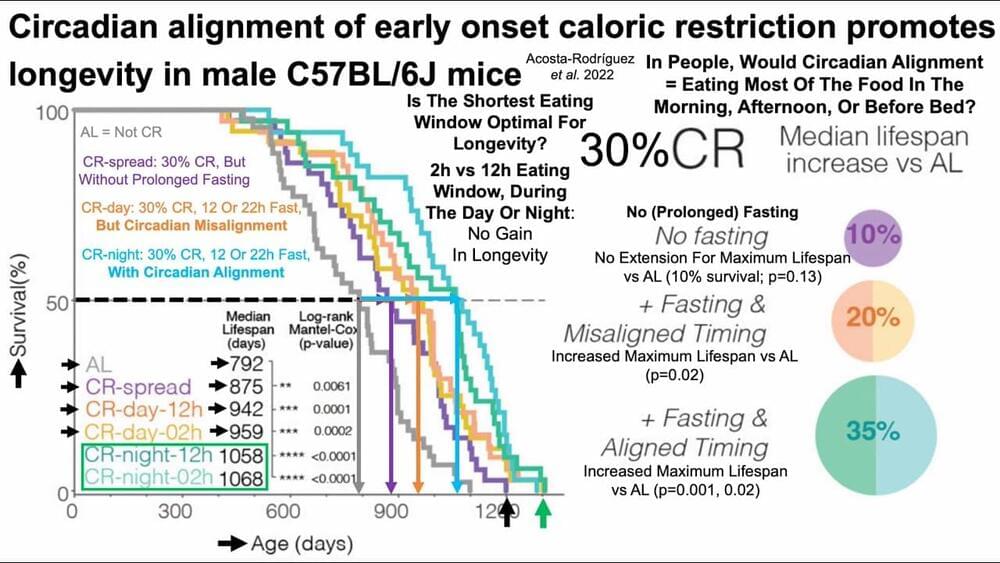
Join us on Patreon!
https://www.patreon.com/MichaelLustgartenPhD
Bristle Discount Link (Oral microbiome quantification):
ConquerAging15
https://www.bmq30trk.com/4FL3LK/GTSC3/
Continue reading “Lifespan Extension With Calorie Restriction, Fasting, And Circadian Alignment” »